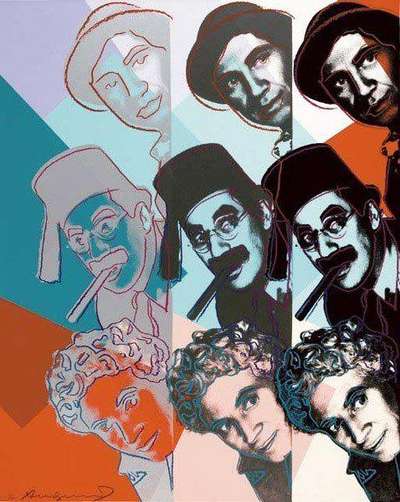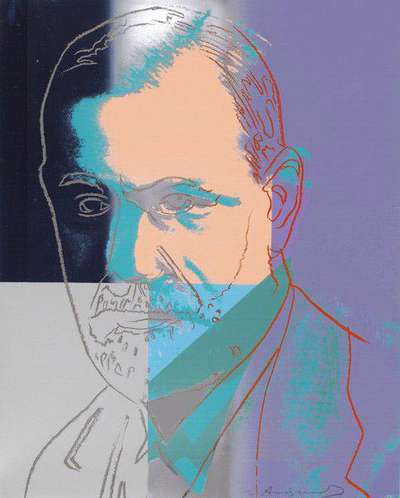
Martin Buber (F. & S. II.228)

Martin Buber (F. & S. II.228)
Signed Print
Andy Warhol
£15,000-£23,000
$29,000-$45,000 Value Indicator
$26,000-$40,000 Value Indicator
¥140,000-¥210,000 Value Indicator
€18,000-€27,000 Value Indicator
$150,000-$230,000 Value Indicator
¥2,850,000-¥4,380,000 Value Indicator
$19,000-$29,000 Value Indicator
AAGR (5 years) This estimate blends recent public auction records with our own private sale data and network demand.
There aren't enough data points on this work for a comprehensive result. Please speak to a specialist by making an enquiry.
Medium: Screenprint
Edition size: 200
Year: 1980
Size: H 102cm x W 81cm
Signed: Yes
Format: Signed Print
TradingFloor
Track this artwork in realtime
Watch artwork, manage valuations, track your portfolio and return against your collection.
Track auction value trend
Auction Results
| Auction Date | Auction House | Artwork | Hammer Price | Return to Seller | Buyer Paid |
|---|---|---|---|---|---|
| October 2020 | Sotheby's New York - United States | Martin Buber (F. & S. II.228) - Signed Print | |||
| October 2012 | Phillips New York - United States | Martin Buber (F. & S. II.228) - Signed Print | |||
| November 2006 | Doyle New York - United States | Martin Buber (F. & S. II.228) - Signed Print | |||
| November 2005 | Christie's London - United Kingdom | Martin Buber (F. & S. II.228) - Signed Print |
Meaning & Analysis
The screen print Martin Buber (F. & S. II.228) from Andy Warhol’s Ten Portraits Of Jews Of The Twentieth Century series (1980), shows a portrait of the famous Jewish philosopher best known for the philosophy of dialogue, a new form of existentialism. The print employs Warhol’s graphic style that became characteristic of the latter part of his career, using an appropriated photographic image against an abstracted background and contoured crayon-like lines.
The Ten Portraits Of Jews Of The Twentieth Century series was the idea of Warhol’s dealer, Ronald Feldmen who, along with Susan Feldman, the art gallery director of the Jewish Community Centre of Greater Washington, came up with the list of ten names. This print is one of the darker portraits of the series wherein Warhol uses largely dark hues of blue against red and black outlines. The original image is barely visible behind the veneer of 1980s Pop Art and Warhol creates a pulsating image with his deliberately misaligned hand drawn contours.
Warhol transforms this historical image into an icon that pervades in the present, alluding to Buber’s lasting fame in 1980s American popular culture. Not only does this play into Warhol’s exploration in themes of mortality that are present throughout his entire career, but it captures his continued infatuation with the concept of fame. Warhol uses a mixture of hand drawn lines, unlikely colours, abstracted geometric shapes and the original photographic image to present the paradox between representation and reality.










